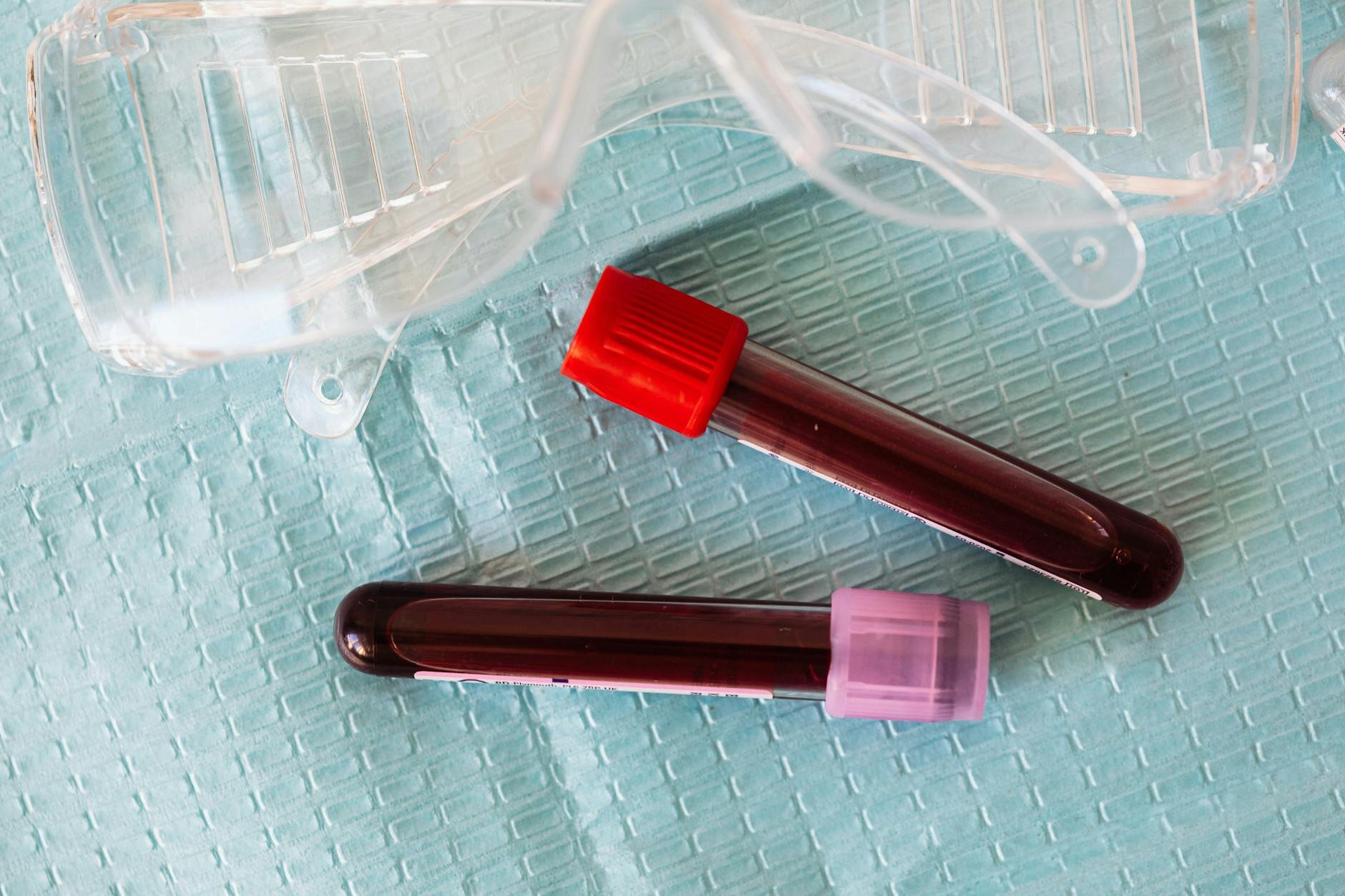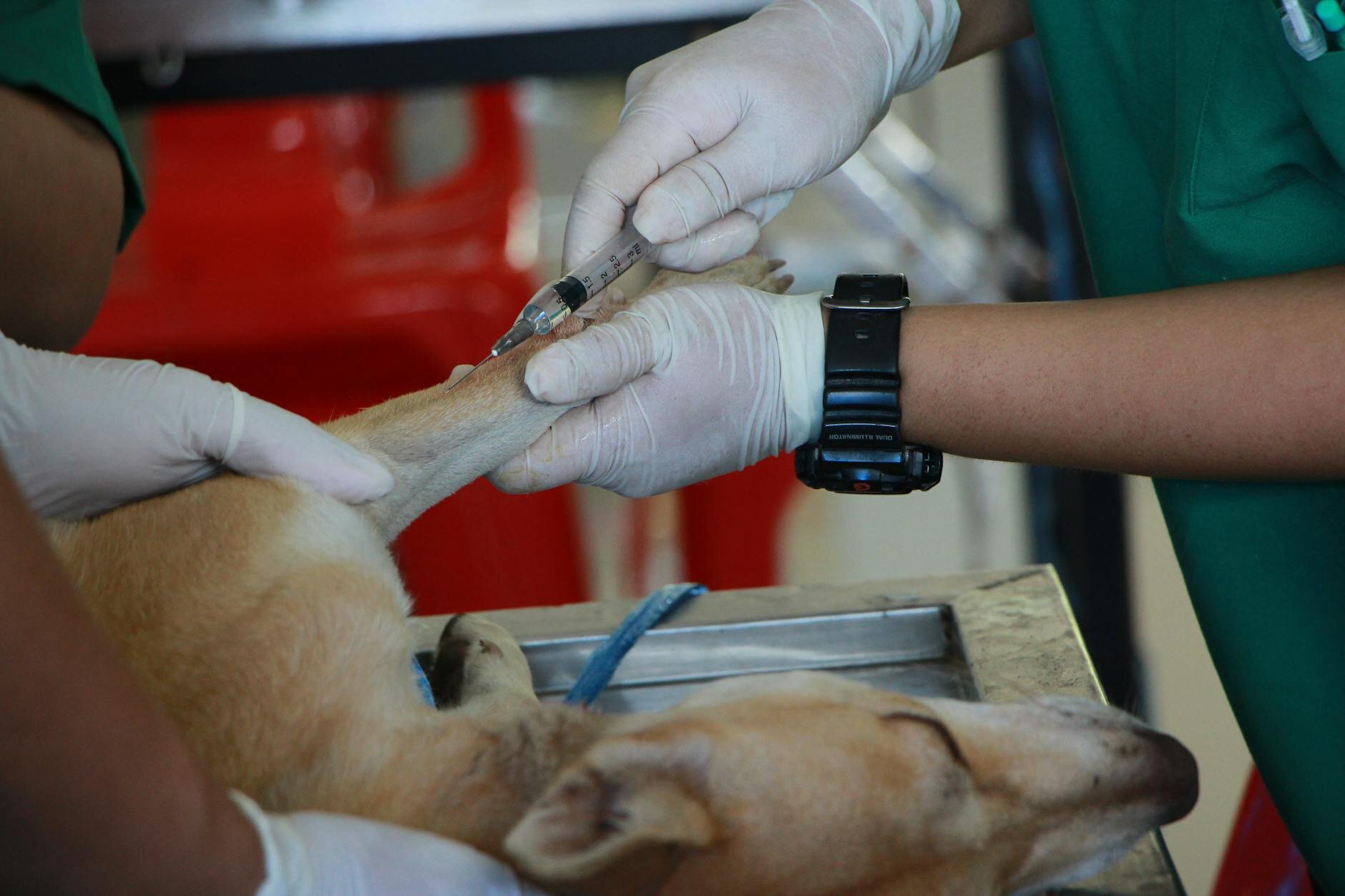Last Updated: 17/07/2025
Addison's Disease in Dogs
Has your dog been diagnosed with Addison's disease? Find out all about the causes diagnosis and treatment in our comprehensive vet guide.
Author: Dr Carla Paszkowski BVSc (Hons)
Reading Time: 6 minutes - short read
Has your dog been diagnosed with Addison's Disease? Or perhaps you are a prospective puppy owner researching your favourite dog breed, but have discovered they are a breed prone to developing Addison's and want to know more about it? This guide should provide you with everything you need to know about Addison's Disease in dogs.
What is Addison's Disease in Dogs?

Addison's Disease is the common name for Hypoadrenocorticism - a condition in which the adrenal glands (small glands that sit on top of the kidneys) do not produce the corticosteroid hormones they are responsible for, namely mineralocorticoids (such as aldosterone) and glucocorticoids (such as cortisol).
Insufficient aldosterone leads to abnormal electrolyte balances and this has a profound effect on the body. Altered levels of electrolytes including serum sodium, chloride and potassium lead to problems with the kidneys, and eventually the heart and circulatory system, too. Insufficient cortisol leads to a number of symptoms and affects almost every body system from the gastrointestinal tract to the kidneys, the immune system, the skin, and the liver.
Addison's usually affects dogs aged 3-6 years old, however any age can be affected. Female dogs are affected more often than male dogs, with between 64-70% of reported cases being female.1
The different types of Addison's Disease
There are two main forms of Addison's Disease, correlating to where the cause of the disease sits anatomically:
1. Primary hypoadrenocorticism. This is where the cause lies in the adrenal glands themselves. Problems with the adrenal glands may be due to immune mediated illness (where the immune system attacks the body's own adrenal glands), or drug-induced necrosis of the gland from medications such as ketoconazole, lysodren or trilostane.
2. Secondary hypoadrenocorticism. This is where the cause of the Addison's lies in the brain, and the hormones required to stimulate the adrenal glands are not being produced. This might be caused by cancer, fungal infection, brain trauma, meningitis, or congenital problems.
Did you know? Cortisol is normally used by the body to respond to stress, keep bodyweight in check, fight infections, and maintain blood sugar levels, and aldosterone plays a vital role in balancing blood electrolyte levels. Like many hormones, too much or too little of these hormones can cause problems.
What causes Addison's Disease in Dogs?

The cause generally originates from one of two places anatomically. Primary Addison's is caused by problems with the adrenal glands themselves, while Secondary Addison's can occur when the brain doesn't produce enough hormone to stimulate the adrenal glands.
What Dog Breeds are Prone to Addison's Disease?
Breeds that are prone to developing Addison's include:
- West Highland White Terriers
- Poodles, especially standard poodles
- Bearded collies
- Great Danes
- Airedale Terriers
- Portuguese Water Dogs
Signs and Symptoms of Addison's Disease

Symptoms of Progressive Addison's Disease
Progressive Addison's disease can be difficult to diagnose, because the symptoms are so wide ranging and tend to imitate other diseases. Addison's is sometimes called 'the great imitator' because of this. Usually, Addison's is diagnosed as an accidental finding when annual blood work is done, and electrolyte imbalances are observed.
Generally, clinical signs of Progressive Addison's Disease include:
- Recurrent gastroenteritis
- Vomiting and diarrhoea
- Poor appetite
- Gradual weight loss
- Inability to respond to stress properly
- Lethargy
It should be noted that clinical signs can wax and wane, so your dog might not always appear poorly.
Symptoms of an Addisonian Crisis
Around 30% of dogs with Addison's disease are diagnosed following an 'Addisonian Crisis'. An Addisonian Crisis occurs when around 90% of the adrenal cortex (the outer layer of the adrenal gland) isn't functioning. The dog collapses and experiences shock due to chemical inbalances in the body. A lack of aldosterone leads to dangerously elevated potassium levels, which then causes a slow heart rate (bradycardia) and abnormal heart rhythms. Hypoglycaemia (extremely low blood sugar levels) can also occur. If left untreated, an Addisonian Crisis can be fatal.
Diagnosis of Addison's Disease in dogs

Diagnosis of Addison's Disease requires a veterinary examination and blood tests, as it is difficult to diagnose based on symptoms alone. Symptoms can wax and wane, and often imitate other diseases (such as inflammatory bowel disease or kidney disease).
Blood Changes Indicative of Addison's
While there is no single test that can diagnose 100% of cases, your vet will run a CBC and biochemistry blood test which can reveal signs of Addison's disease. Your vet will likely suspect Addison's if they see:
- Elevated potassium and low sodium levels
- Azotaemia (elevated kidney enzymes)
- Low blood sugar levels (hypoglycaemia)
After viewing these changes, your vet may recommend an ACTH stimulation test. This is the primary test to diagnose Addison's. An ACTH stimulation test involves measuring the cortisol levels in the blood before and after giving an injection of adrenocorticotropic hormone (ACTH). In a healthy dog, the cortisol level will start normal and should rise a little. In a dog with Addison's, the cortisol level will start low and fail to respond significantly to the ACTH injection. (And by the way, in a dog with Cushing's disease, which is the opposite of Addison's, the cortisol will start high and rise even higher.)
Other tests that your vet may run to help diagnose Addison's include a urine cortisol to creatinine ratio, and plasma renin levels.
Treatment of Addison's Disease in dogs

While Addison's in dogs can't be cured, the good news is that it can be treated and easily managed long-term.
An Addisonian Crisis needs to be treated as an emergency. The initial goals of treatment of Addisonian crisis are to correct the hypovolemia, low blood pressure, electrolyte imbalances and associated heart rate abnormalities, hypoglycemia, and acidosis.1 Your vet should implement intravenous fluid therapy right away with a solution that contains sodium but not potassium, correct any hypoglycaemia, and give injectible steroids. Additional supportive therapy may be required, such as medication to treat gastroenteritis. Most dogs experiencing an Addisonian Crisis respond well to therapy and will make a complete recovery.
Ongoing management generally requires replacing the steroids that are absent due to the malfunctioning adrenal glands. The most common medication options include:
- Fludrocortisone: a twice daily oral medication. This drug has both glucocorticoid and mineralocorticoid activity, so it is a complete treatment for Addison's.
- or alternatively, DOCP (desoxycorticosterone pivalate): an injection once every 25-30 days. DOCP only has mineralocorticoid activity, so additional glucocorticoids (such as prednisone) needs to be given.1
Ongoing care with regular vet checks will be necessary to monitor your dog's progress and response to medication.
Home Care for a Dog with Addison's
In addition to giving your dog their medication daily, you will need to monitor your dog for any signs of recurrence, as well as their drinking and urination. Increased thirst and urination is a side effect of the medication, and may indicate your dog's dose needs to change. It's important never to restrict your dog's access to water, and your vet may recommend keeping a water diary to note how much your dog is drinking. It's also important to feed your dog a high quality diet and keep their weight in check.
A diagnosis of Addison's disease can be daunting for any pet owner, particularly given its reputation as 'the great imitator' with its vague and often waxing and waning symptoms. However, as this guide has outlined, understanding the condition is the first and most critical step towards managing it effectively. While the risk of a life-threatening Addisonian crisis is serious, prompt veterinary diagnosis and intervention lead to an excellent prognosis.
The key takeaway is that Addison's disease, while not curable, is highly manageable. Successful long-term care hinges on a strong partnership between you and your veterinarian to establish a consistent and lifelong medication plan, whether it involves daily tablets or regular injections. Your role in diligent home care - administering medication correctly, monitoring for any changes in your dog's appetite, thirst, or energy levels, and maintaining regular vet check-ups - is paramount to their ongoing health.
With a definitive diagnosis and commitment to treatment, a dog with Addison's disease can continue to live a full, happy, and active life.
References
Lathan P, Thompson A. Management of hypoadrenocorticism (Addison's disease) in dogs. Vet Med (Auckl). 2018; 9: 1-10
2. Grzyb, K. 2021. Addison's Disease in Dogs. PetMD.
Further Reading
Want to read more? Check out our other articles:
Arthritis in dogs: what causes it and how do I know if my dog is affected?
History
Our experts continually monitor the health and wellness space and we update our articles when new information becomes available.
23 Oct 2022
Written by Dr Carla Paszkowski BVSc (Hons)Dr Carla Paszkowski BVSc (Hons)
Veterinarian
Dr. Carla graduated from the University of Queensland in 2013 with a Bachelor of Veterinary Science and worked for a number of years in small animal clinics across South East Queensland. While Carla enjoys most facets of clinical veterinary work, she holds a special passion for feline medicine, pocket pets, and nutrition.

